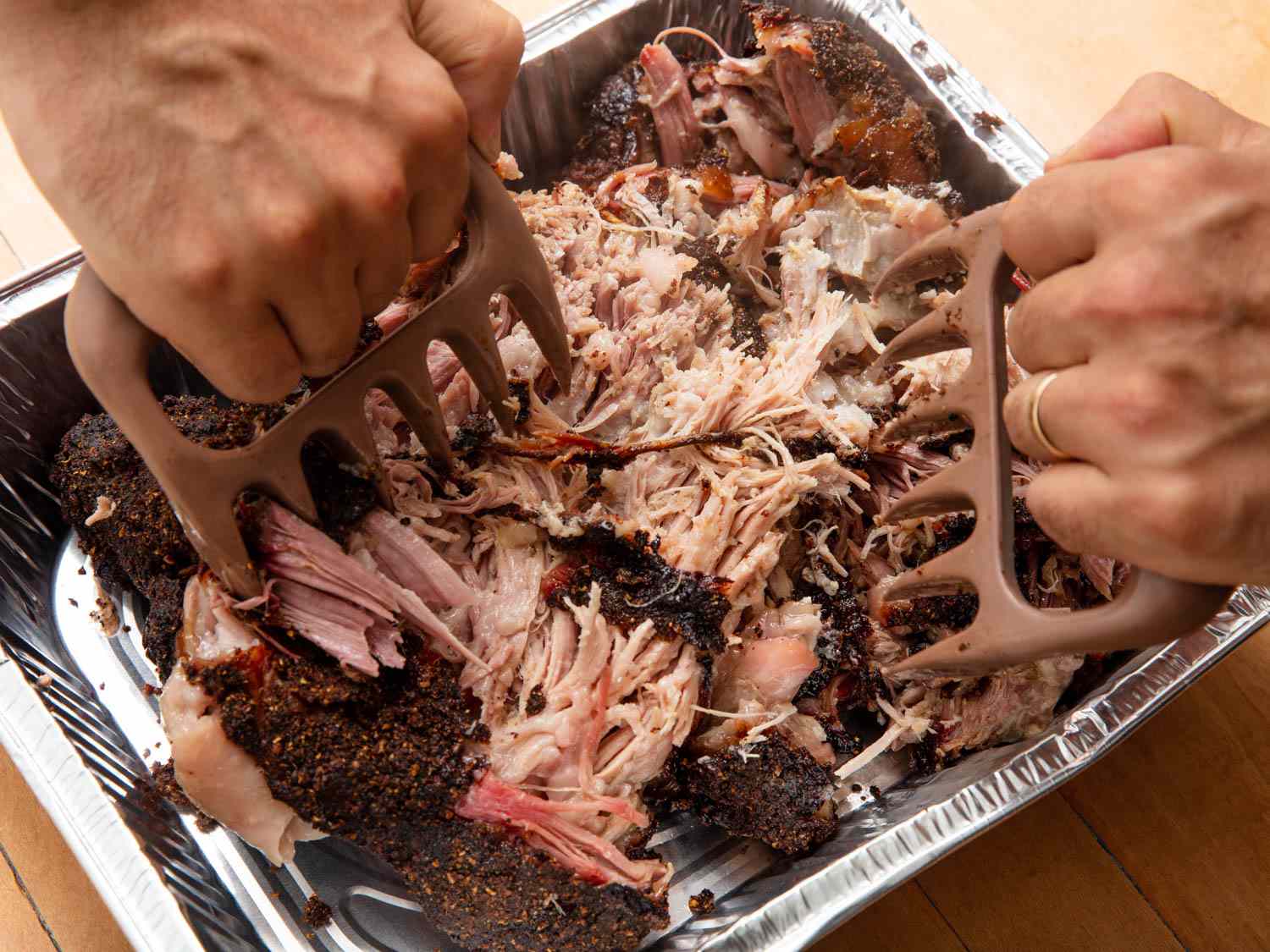

Articles
How To Store Pulled Pork After Smoking
Modified: January 7, 2024
Learn the best ways to store pulled pork after smoking in this informative article. Keep your barbecue leftovers fresh and delicious for longer.
(Many of the links in this article redirect to a specific reviewed product. Your purchase of these products through affiliate links helps to generate commission for Storables.com, at no extra cost. Learn more)
Introduction
Smoking a delicious, tender pulled pork is a labor of love. Hours of smoking over low heat create mouthwatering flavors and a melt-in-your-mouth texture. But what do you do with the remaining pulled pork once the smoking process is complete? Properly storing your pulled pork is crucial to maintain its taste, texture, and quality.
In this article, we will guide you through the process of storing pulled pork after smoking, including cooling techniques, packaging options, proper refrigeration, freezing methods, labeling, and date tracking. We will also provide tips on reheating the pork while preserving its delicious flavor. So let’s dive in and discover how to extend the enjoyment of your smoked pulled pork!
Key Takeaways:
- Properly storing pulled pork is crucial for maintaining its flavor, texture, and safety. From cooling and packaging to refrigeration and freezing, each step plays a vital role in preserving the deliciousness of smoked pulled pork.
- Labeling, date tracking, and gentle reheating methods are essential for enjoying stored pulled pork with confidence. Following tips for maintaining quality ensures that the pulled pork remains delicious and safe to eat for many meals to come.
Read more: How To Store Pulled Pork
Importance of Proper Storage
Proper storage of pulled pork is essential for several reasons. Firstly, it helps prevent the growth of harmful bacteria and reduces the risk of foodborne illnesses. Pulled pork contains moisture and nutrients that can serve as a breeding ground for bacteria if not stored correctly.
Secondly, proper storage helps maintain the flavor and texture of the pulled pork. Whether you plan to consume it within a few days or save it for a later date, the quality of the meat can deteriorate if not stored properly. Freezing, refrigerating, and packaging techniques play a vital role in preserving the taste and tenderness of the pulled pork.
Lastly, proper storage allows you to enjoy the pulled pork for an extended period. Whether you smoked a large batch of pork for a party or simply want to have leftovers for future meals, knowing how to store it correctly ensures that you can savor the deliciousness of your pulled pork whenever you desire.
To ensure the safety, quality, and longevity of your smoked pulled pork, let’s explore the different techniques and tips for proper storage.
Cooling the Pulled Pork
After smoking the pork to perfection, the first step in storing pulled pork is to cool it down properly. Cooling the meat quickly is crucial to prevent bacterial growth and maintain its freshness.
To cool the pulled pork, follow these steps:
- Remove the pork from the smoker and let it rest for about 20 minutes. This allows the juices to redistribute within the meat, resulting in a moist and tender final product.
- Using clean utensils, transfer the pulled pork to a clean and shallow container. This will help cool the meat faster and evenly.
- Place the container in the refrigerator or a cool area of your kitchen, away from direct sunlight and heat sources. Make sure there is enough space around the container for air to circulate.
- Leave the pulled pork uncovered while it cools down. This allows excess moisture to evaporate and prevents condensation, which can contribute to bacteria growth.
- Allow the pulled pork to cool down to room temperature, typically within 2 hours. Avoid leaving the pork at room temperature for an extended period, as this can lead to bacterial growth.
Cooling the pulled pork promptly not only ensures its safety but also sets the stage for proper packaging and storage techniques. By following these steps, you are well on your way to safely storing your delicious smoked pulled pork.
Packaging Options
Once your pulled pork has been properly cooled, it’s time to consider the best packaging options for storing it. The right packaging helps to maintain the quality and flavor of the meat while protecting it from contaminants.
Here are a few packaging options to consider:
- Plastic Wrap: Wrap individual portions of pulled pork tightly with plastic wrap. This option is convenient if you plan to consume the pork within a few days. Ensure that all parts of the meat are covered to prevent drying out.
- Zip-Top Freezer Bags: Place portions of pulled pork in zip-top freezer bags, squeezing out as much air as possible before sealing. Label the bags with the date and portion size for easy identification later on.
- Airtight Containers: Store pulled pork in airtight containers, such as plastic or glass containers with tight-fitting lids. These containers help to maintain the moisture and prevent any unwanted odors from permeating the meat.
- Vacuum Sealing: If you have a vacuum sealer, it’s an excellent option for long-term storage. Vacuum-sealed bags remove all the air, preventing freezer burn and maintaining the quality of the pulled pork.
Consider your storage needs and the anticipated consumption timeline when choosing the packaging option that works best for you.
Whichever packaging option you choose, be sure to label each package with the date of storage. This helps you keep track of the pulled pork’s freshness and ensures that you rotate and consume the oldest portions first.
By selecting the appropriate packaging and labeling your pulled pork, you are ready to move on to the next step: refrigeration or freezing.
Refrigeration Techniques
If you plan to consume your pulled pork within a few days, refrigeration is the storage method of choice. It allows for short-term preservation while maintaining the meat’s quality.
Here are some refrigeration techniques to ensure the freshness of your pulled pork:
- Divide into Portions: If you smoked a large batch of pulled pork, divide it into smaller portions before refrigerating. This way, you can take out only what you need each time, without exposing the entire batch to air and temperature fluctuations.
- Use Proper Containers: Store pulled pork in airtight containers or wrap it tightly in plastic wrap. This helps to prevent any transfer of flavors or odors from other foods in the refrigerator.
- Place in the Right Spot: Put the containers of pulled pork on the bottom shelf of the refrigerator, where the temperature is consistently cool. Avoid storing it on the refrigerator door, as it may experience temperature fluctuations whenever the door is opened.
- Utilize within 3-4 Days: For optimal quality, consume the refrigerated pulled pork within 3-4 days. Beyond that, the texture and flavor may deteriorate.
Refrigerated pulled pork is great for quick meals, sandwiches, or salads. If you don’t plan to consume the pulled pork within the recommended timeframe, freezing it is a better option for long-term storage.
Keep in mind that refrigeration only slows down the rate of bacteria growth, so it’s important to adhere to the recommended timeframe to ensure food safety.
After smoking, let the pulled pork cool to room temperature before storing it in an airtight container or resealable plastic bag. Store in the refrigerator for up to 4 days or freeze for up to 3 months.
Read more: How To Store Pulled Pork Overnight
Freezing Techniques
Freezing pulled pork is an excellent option if you want to extend its shelf life beyond a few days. Freezing locks in the flavors and preserves the quality of the meat for a longer period.
Follow these freezing techniques to ensure optimal results:
- Cool the Pulled Pork: Before freezing, make sure the pulled pork is completely cooled to room temperature. This helps prevent condensation, which can affect the texture of the meat.
- Portion Out the Pulled Pork: Divide the pulled pork into portion sizes suitable for your needs. This allows you to thaw only what you will consume and avoid unnecessary waste.
- Wrap and Seal: Wrap each portion of pulled pork tightly using plastic wrap or place it in freezer-safe containers or zip-top freezer bags. Squeeze out as much air as possible to prevent freezer burn.
- Label and Date: Clearly label each package with the contents and the date of freezing. This will help you keep track of the pulled pork’s freshness and ensure proper rotation.
- Freeze Properly: Place the wrapped or sealed portions of pulled pork in the freezer, making sure they are stored in a single layer to freeze quickly and evenly. Once frozen, you can stack the packs to save space.
When properly frozen, pulled pork can maintain its quality for up to 3 months. However, for the best flavor and texture, it is recommended to consume it within 1-2 months.
Remember, when thawing frozen pulled pork, do it gradually in the refrigerator to preserve its flavor and tenderness. Refreezing thawed pulled pork is not recommended, as it can lead to textural changes and potential food safety risks.
By using these freezing techniques, you can enjoy the convenience of having smoked pulled pork readily available for future meals without compromising on taste.
Labeling and Date Tracking
Labeling and date tracking are essential elements of proper pulled pork storage, whether in the refrigerator or freezer. Clear labeling ensures that you can easily identify and track the freshness of your stored pulled pork.
Here are some tips for effective labeling and date tracking:
- Label Each Package: Use waterproof labels or markers to label each package of pulled pork. Include the contents (pulled pork), the date of storage, and any additional relevant information such as portion size.
- Place Labels in Visible Areas: Stick labels on the front or top of the packages, making it easy to identify and read the information without having to move or unstack the packages.
- Use a Rotation System: When storing multiple packages of pulled pork, apply a “first in, first out” (FIFO) system. Arrange the packages in the freezer or refrigerator so that the oldest ones are in the front, making it easier to consume them before they lose their quality.
- Implement a Tracking System: Create a log or use a food storage inventory app to keep track of the dates and contents of your stored pulled pork. This helps you stay organized and ensures that you prioritize the consumption of older packages.
By labeling and tracking your pulled pork, you can confidently enjoy it knowing when it was stored and ensuring that you consume it within a safe and optimal timeframe.
Remember, proper labeling and date tracking apply to both refrigerated and frozen pulled pork. However, they are particularly crucial for frozen storage, as it’s easy to forget the contents and dates of packages once they’re in the freezer.
Stay organized and proactive with your labeling and date tracking, and you will have no trouble enjoying your delicious pulled pork while keeping food safety and quality in mind.
Reheating Methods
When it comes to enjoying your stored pulled pork, the reheating process plays a crucial role in maintaining its flavor and tenderness. Proper reheating prevents the meat from drying out or becoming tough.
Here are some effective methods for reheating pulled pork:
- Oven: Preheat your oven to a low temperature, around 275°F (135°C). Place the pulled pork in an oven-safe dish and cover it with aluminum foil to prevent moisture loss. Heat it in the oven for about 15-20 minutes or until it reaches an internal temperature of at least 165°F (74°C).
- Stovetop: Place the pulled pork in a sauté pan or skillet over medium-low heat. Add a small amount of liquid, such as broth or barbecue sauce, to prevent drying out. Stir occasionally and heat until the desired temperature is reached.
- Microwave: Place individual portions of pulled pork in a microwave-safe dish or cover it with microwave-safe plastic wrap. Heat on medium power, stirring occasionally to ensure even heating. Be cautious not to overheat the pork, as it can become tough and dry.
- Sous Vide: If you’re using vacuum-sealed bags to store your pulled pork, you can reheat it using a sous vide immersion circulator. Set the temperature to around 155°F (68°C) and immerse the sealed bag in the water bath. Heat for approximately 1-2 hours until the pork reaches the desired serving temperature.
Regardless of the reheating method you choose, it’s essential to monitor the internal temperature of the pulled pork using a meat thermometer. Ensure that it reaches a safe internal temperature of at least 165°F (74°C) to kill any potential bacteria.
Remember that reheating should be done gently and avoid excessive heat to prevent drying out or overcooking the pulled pork. By using these reheating methods, you can enjoy your stored pulled pork with the same mouthwatering flavors as when it was freshly smoked.
Tips for Maintaining Quality
To ensure that your stored pulled pork stays delicious and maintains its quality, consider the following tips:
- Properly Store Leftovers: If you have leftover pulled pork from a meal, refrigerate or freeze it promptly to maintain its freshness.
- Avoid Excessive Freezing and Thawing: Frequent freezing and thawing can cause loss of moisture and affect the texture of the pulled pork. Try to portion it out appropriately to minimize the need for repeated thawing and refreezing.
- Consume Within Recommended Timeframes: Follow the recommended storage timeframes for refrigeration and freezing. Consume refrigerated pulled pork within 3-4 days and frozen pulled pork within 1-2 months for optimal quality.
- Properly Reheat the Pulled Pork: Use gentle reheating methods to prevent drying out or overcooking the pulled pork. Monitor the internal temperature with a meat thermometer to ensure it reaches a safe level.
- Avoid Cross-Contamination: When handling pulled pork, use clean utensils and surfaces to prevent cross-contamination with other foods.
- Seal Packages Securely: Whether using plastic wrap, zip-top bags, or airtight containers, ensure that the packages are properly sealed to prevent air exposure and freezer burn.
- Remove Excess Fat: Trim excess fat from the pulled pork before storage. This helps reduce the risk of spoilage and extends the shelf life.
- Store in the Right Area: Keep the pulled pork in a designated area of the refrigerator or freezer to prevent it from being bumped or crushed by other items.
- Inspect for Spoilage: Before reheating or consuming pulled pork, inspect it for any signs of spoilage, such as a foul odor or slimy texture. If you notice any abnormalities, discard the meat to avoid any potential health risks.
By following these tips, you can ensure that your stored pulled pork maintains its high quality, taste, and texture, allowing you to enjoy it for many meals to come.
Read more: How To Store Brisket After Smoking
Conclusion
Properly storing pulled pork after smoking is essential to maintain its flavor, texture, and safety. With the right techniques and tips, you can extend the enjoyment of your delicious smoked pulled pork.
From cooling the pulled pork and choosing the right packaging options to utilizing proper refrigeration and freezing techniques, each step plays a vital role in preserving the taste and tenderness of the meat. Labeling and date tracking ensure that you can easily identify and consume the stored pulled pork in a timely manner.
When it comes to reheating, gentle methods such as using the oven, stove, microwave, or sous vide help maintain the pulled pork’s moisture and prevent it from becoming dry or tough. Monitoring the internal temperature is crucial to ensure safe reheating.
Lastly, by following tips for maintaining quality, such as avoiding excessive freezing and thawing, consuming within recommended timeframes, and inspecting for spoilage, you can enjoy your pulled pork with confidence, knowing that it remains delicious and safe to eat.
So, the next time you smoke a mouthwatering batch of pulled pork, remember to apply these storage techniques, and you’ll be able to savor the incredible flavor and tenderness of your smoked pulled pork long after it comes off the smoker.
Frequently Asked Questions about How To Store Pulled Pork After Smoking
Was this page helpful?
At Storables.com, we guarantee accurate and reliable information. Our content, validated by Expert Board Contributors, is crafted following stringent Editorial Policies. We're committed to providing you with well-researched, expert-backed insights for all your informational needs.
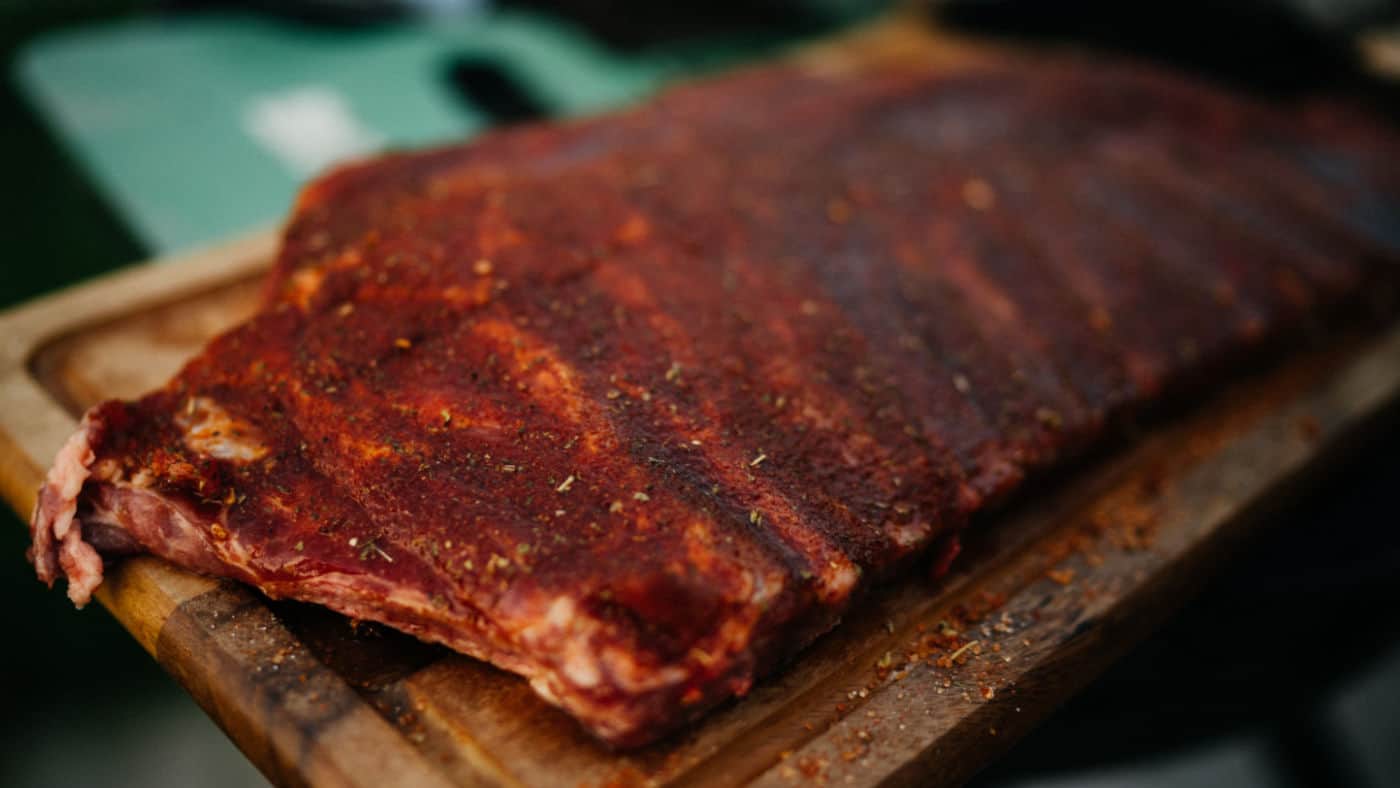
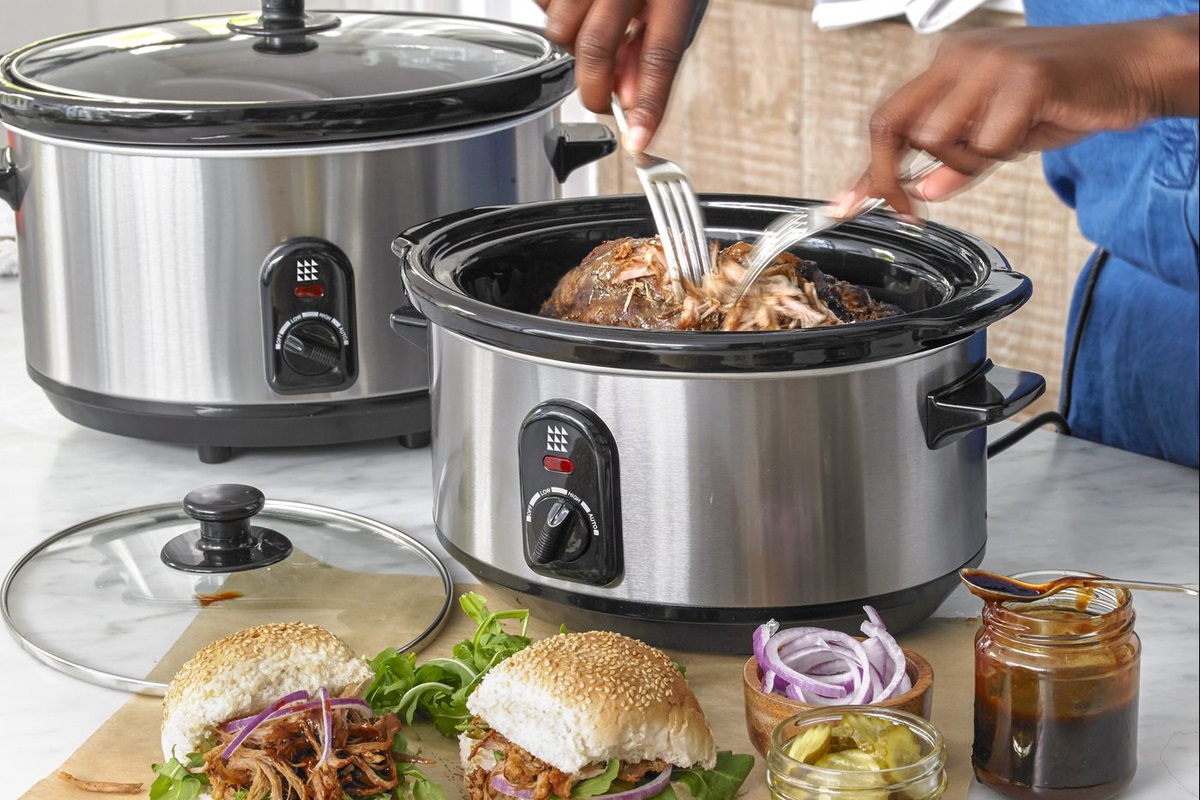
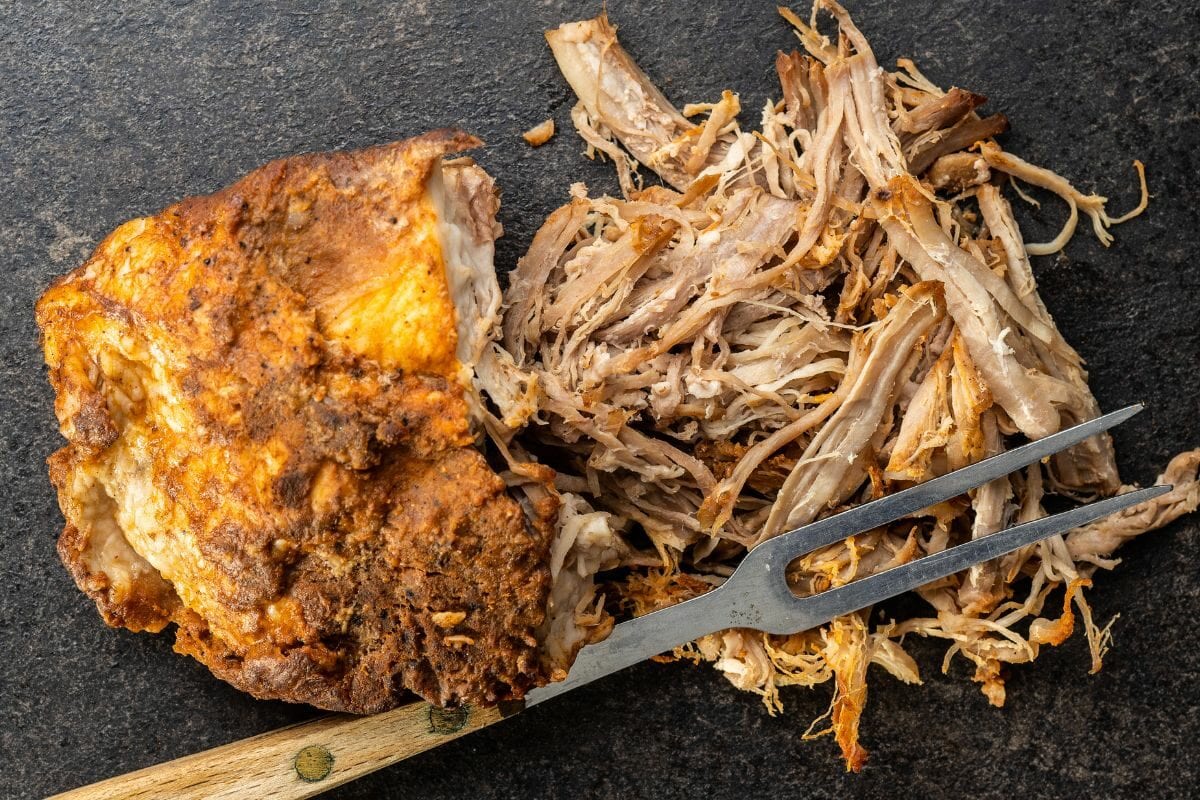
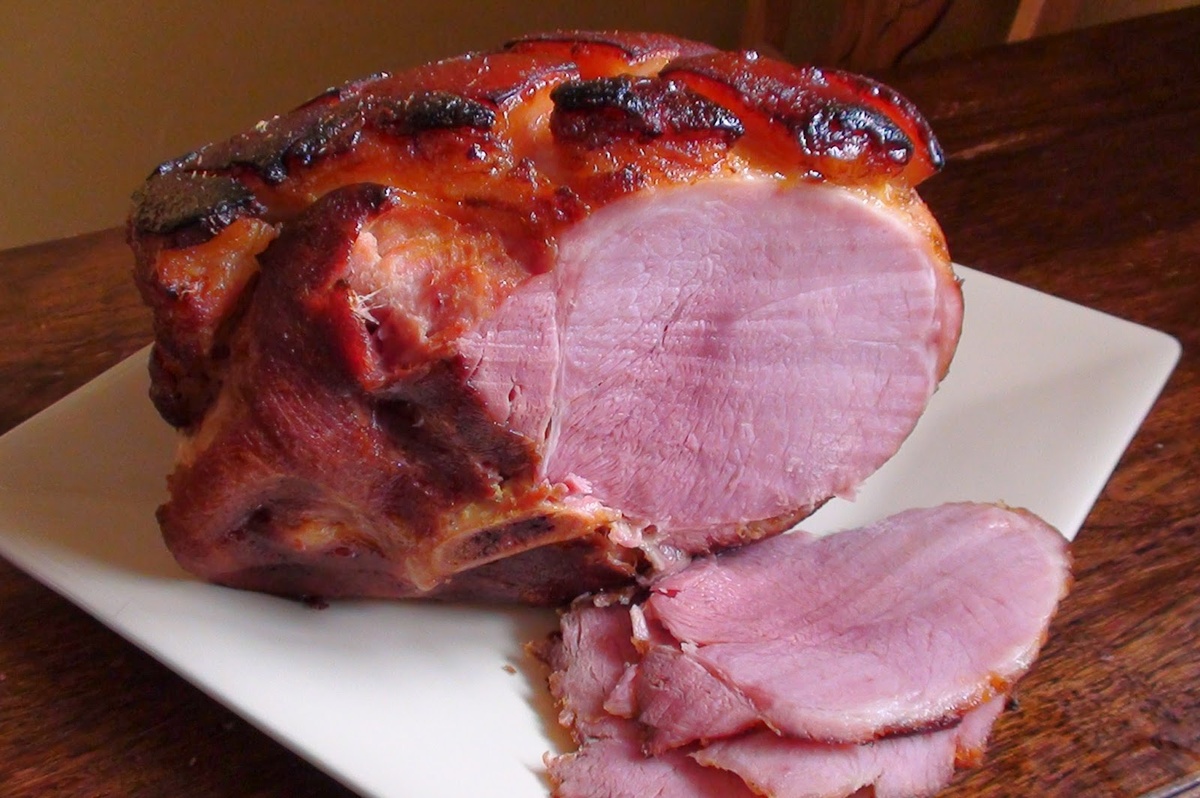
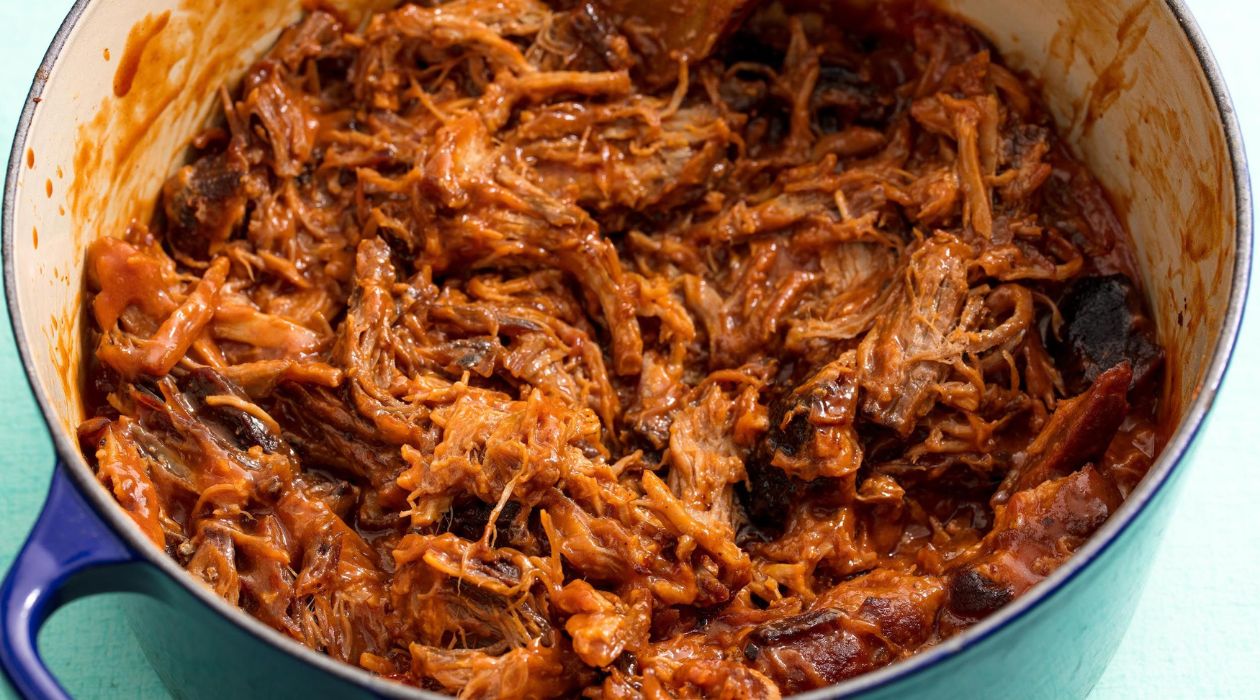
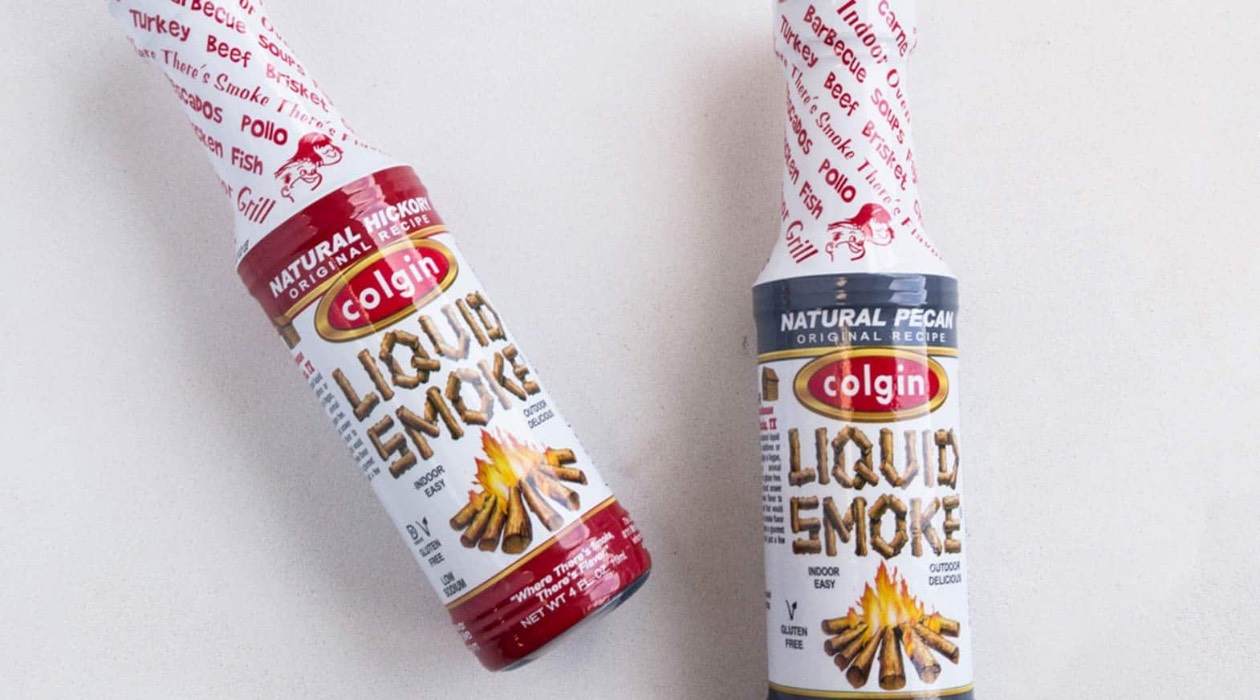
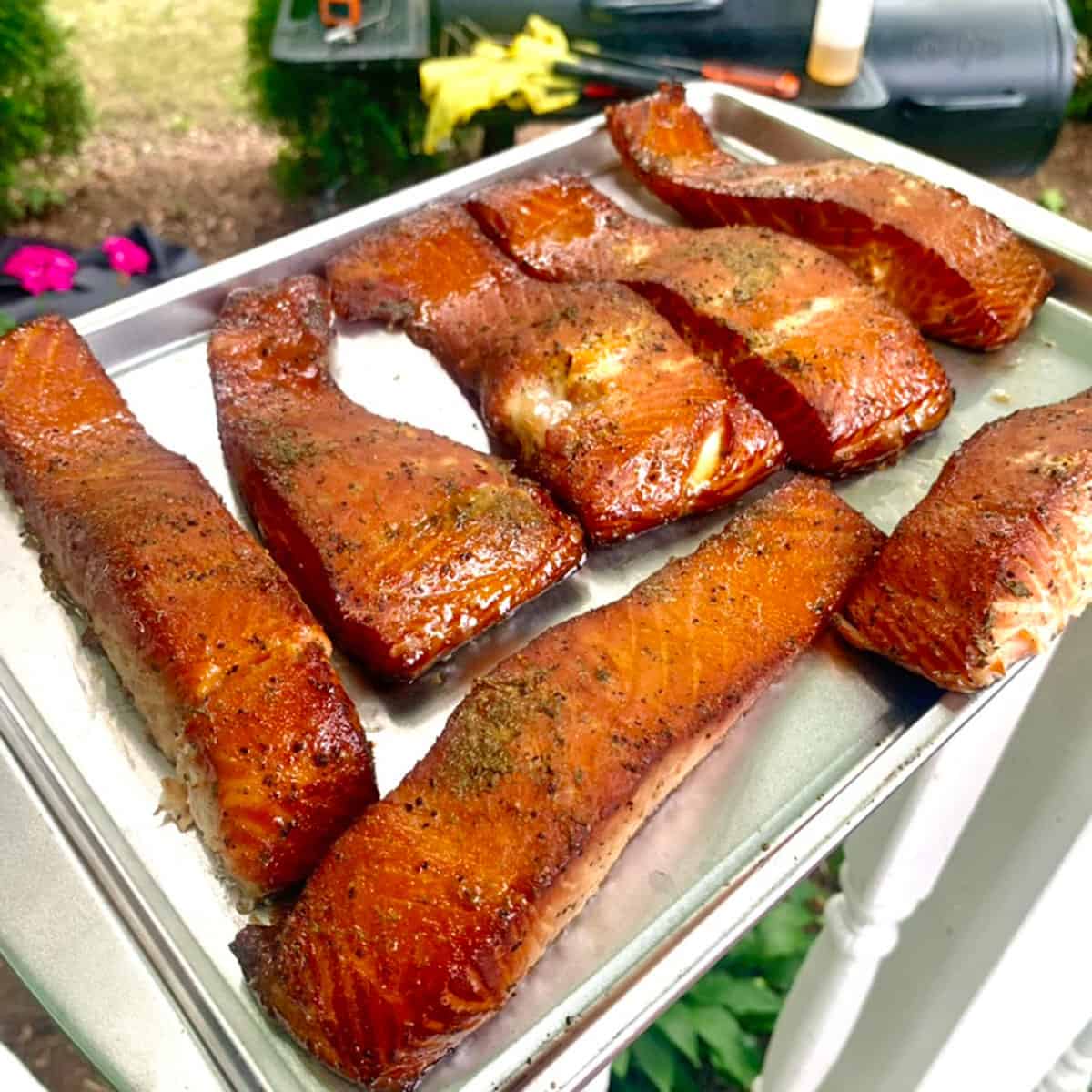
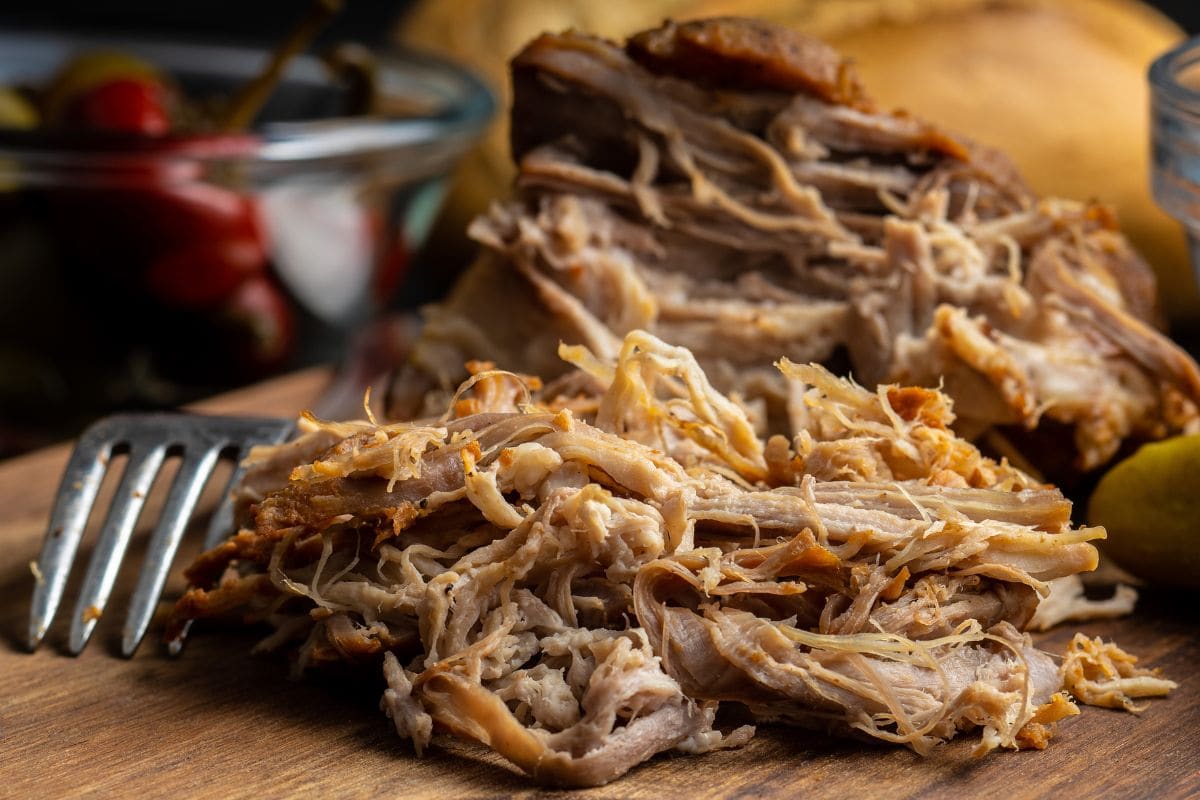
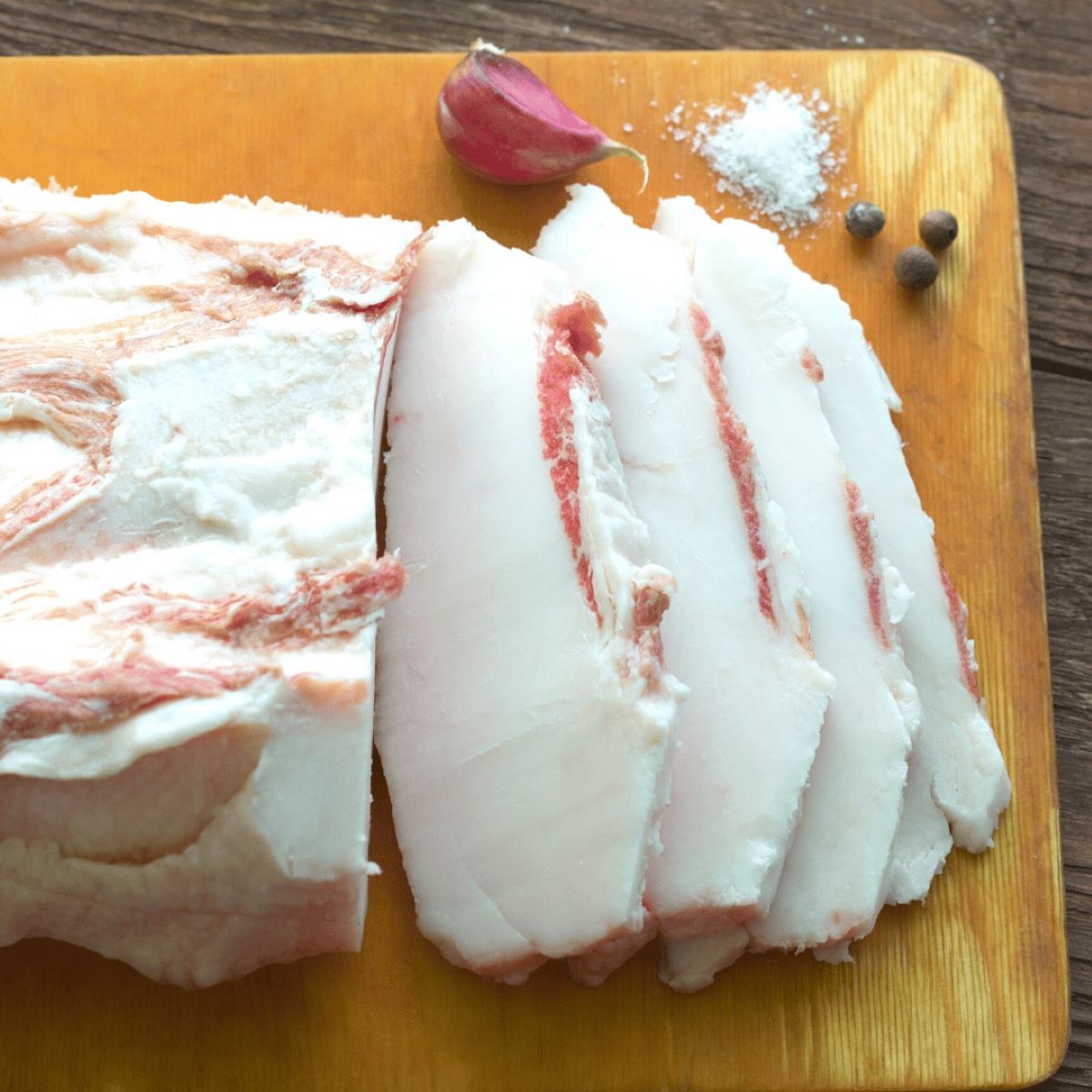
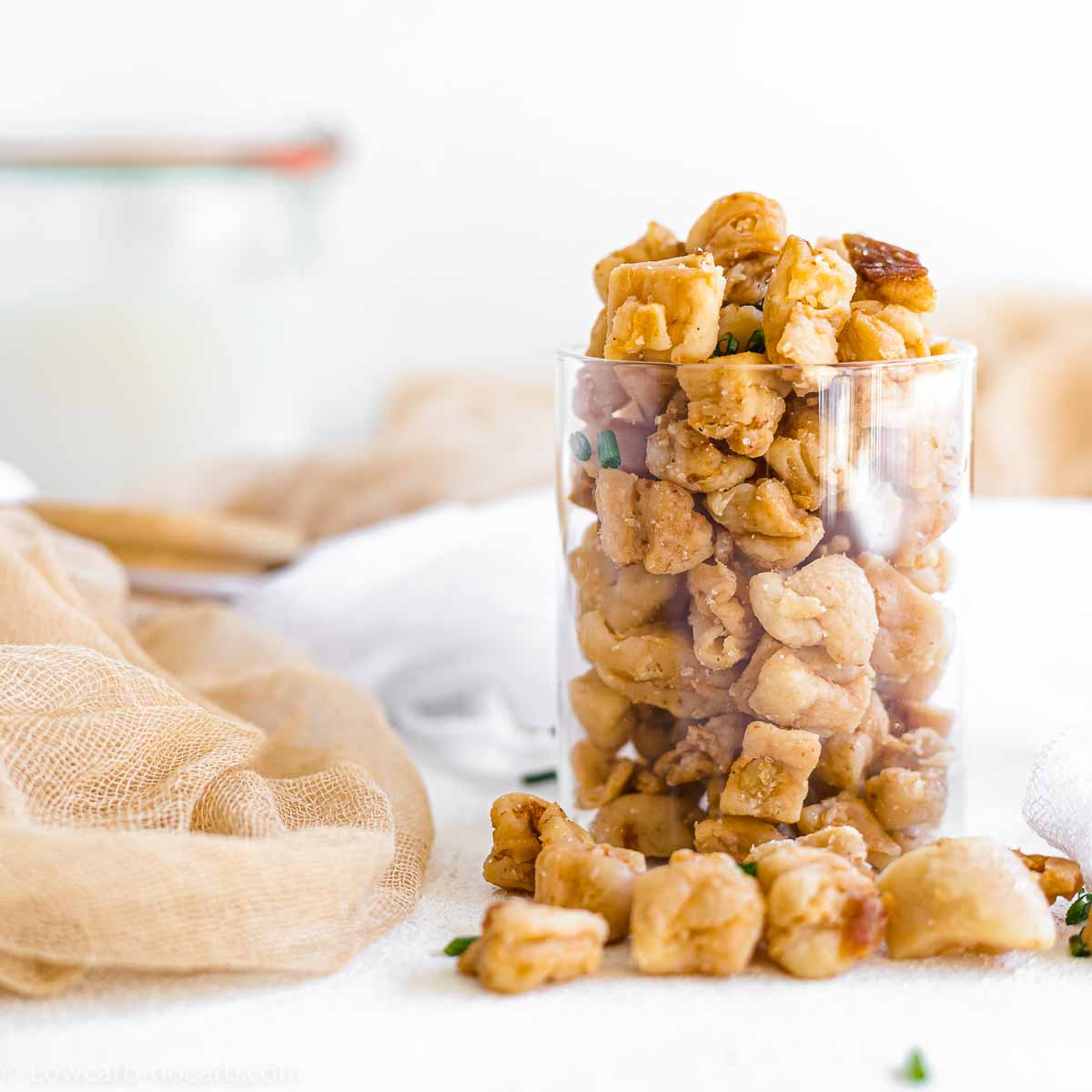
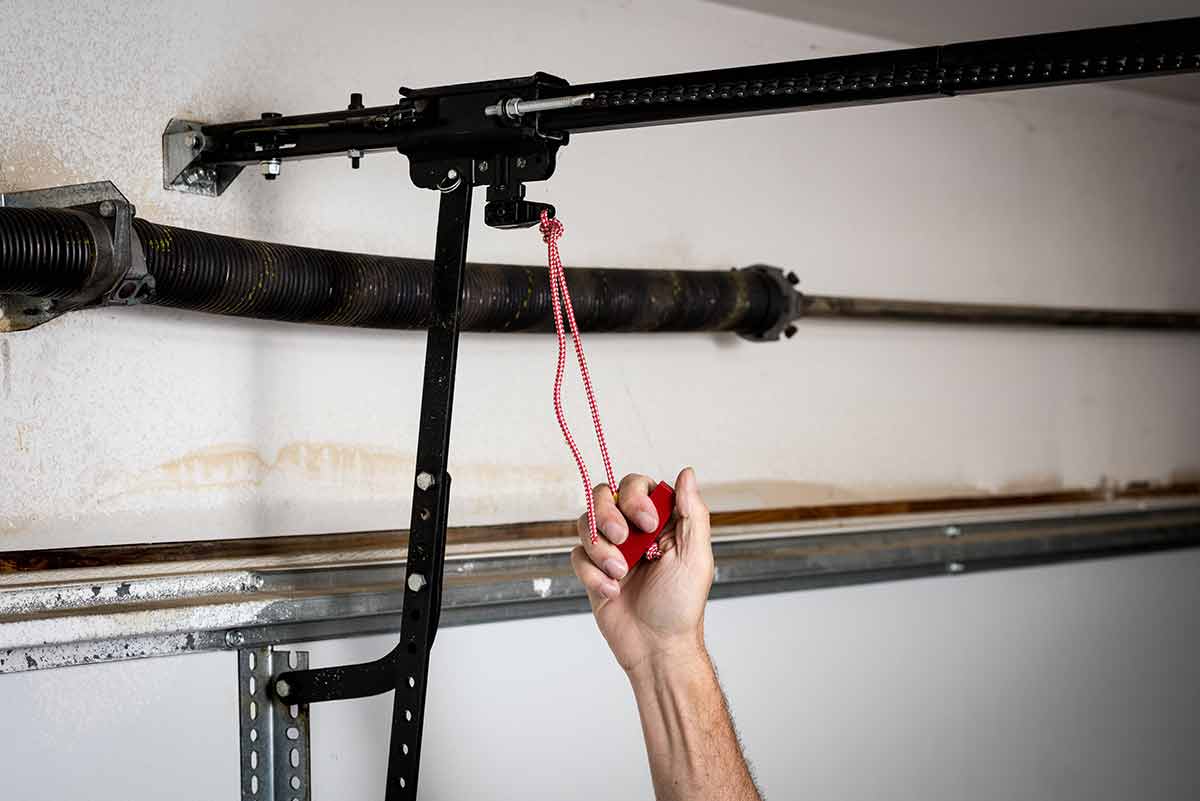
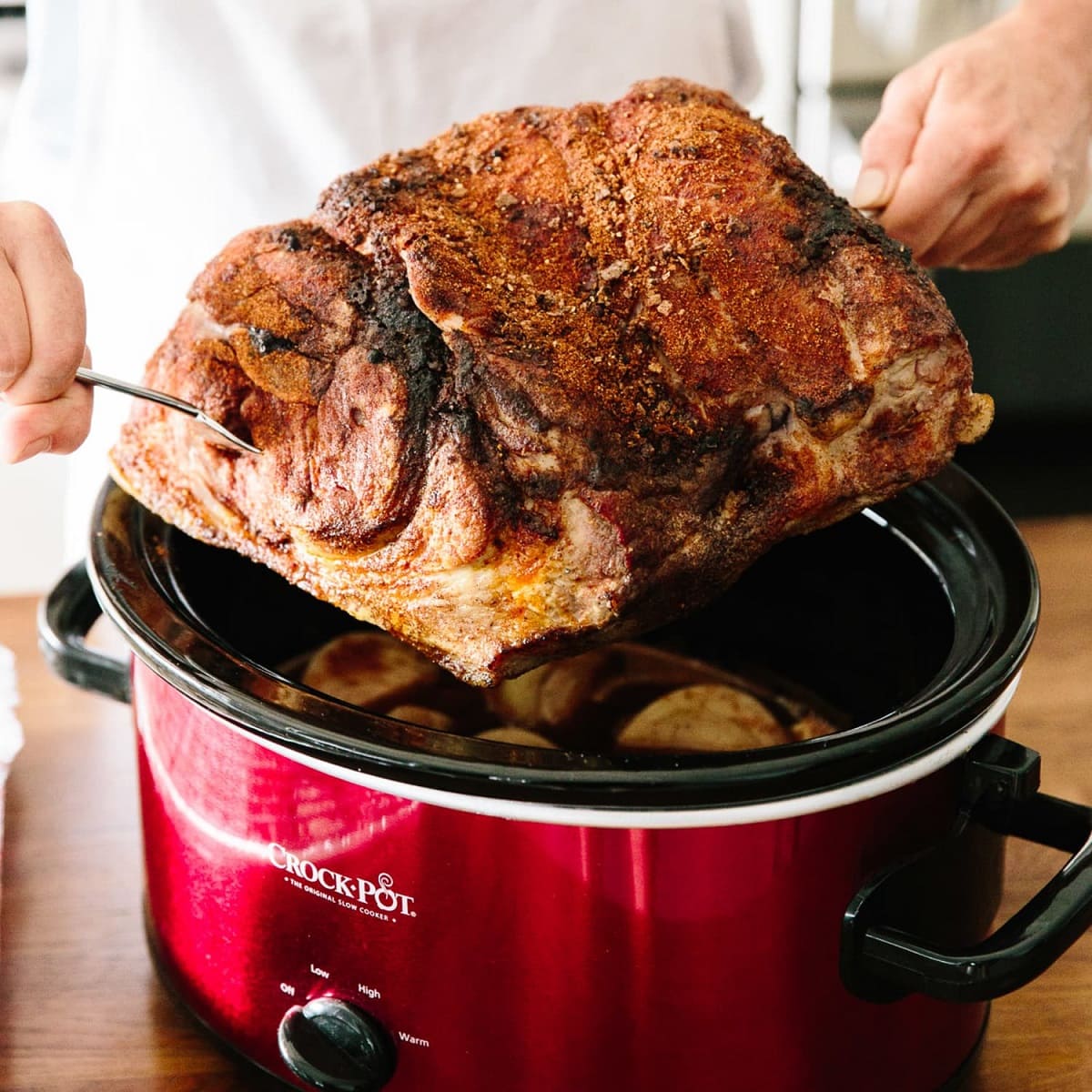
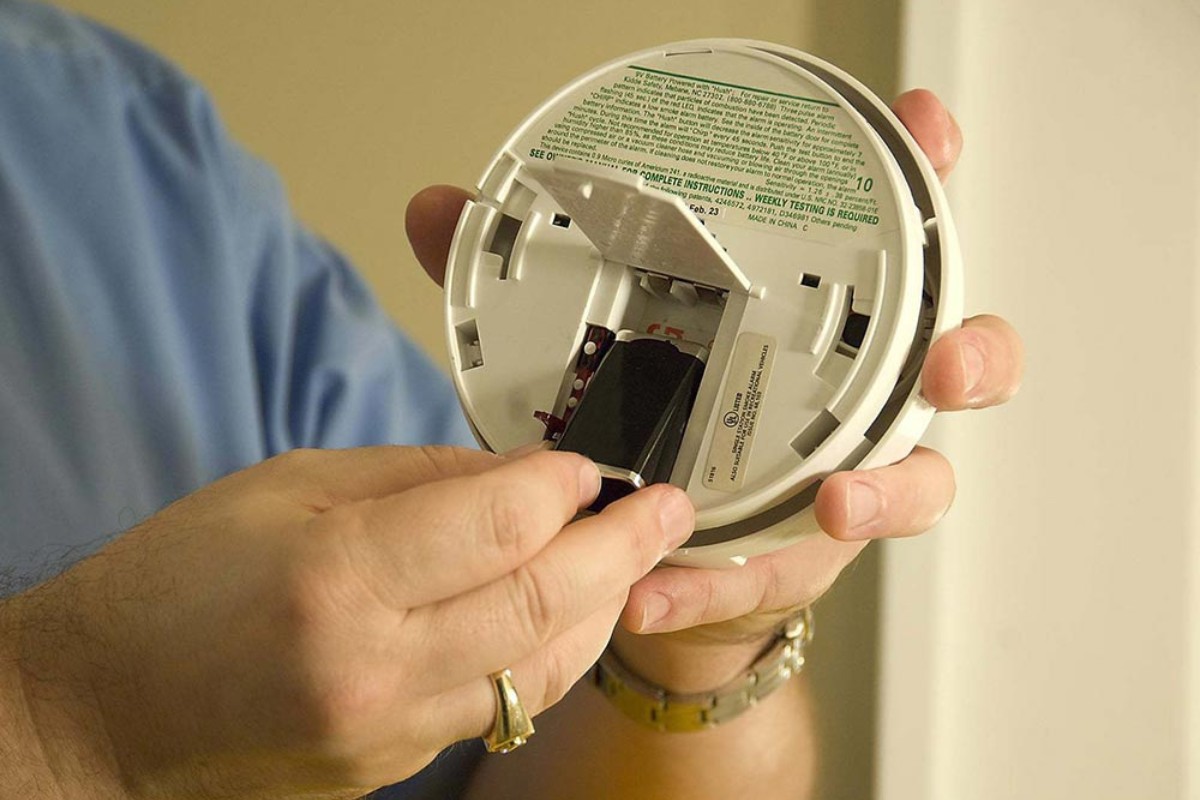

0 thoughts on “How To Store Pulled Pork After Smoking”